Field Notes
Written By:
Jennifer McMaster
Photos By:
Jonathon Donnelly
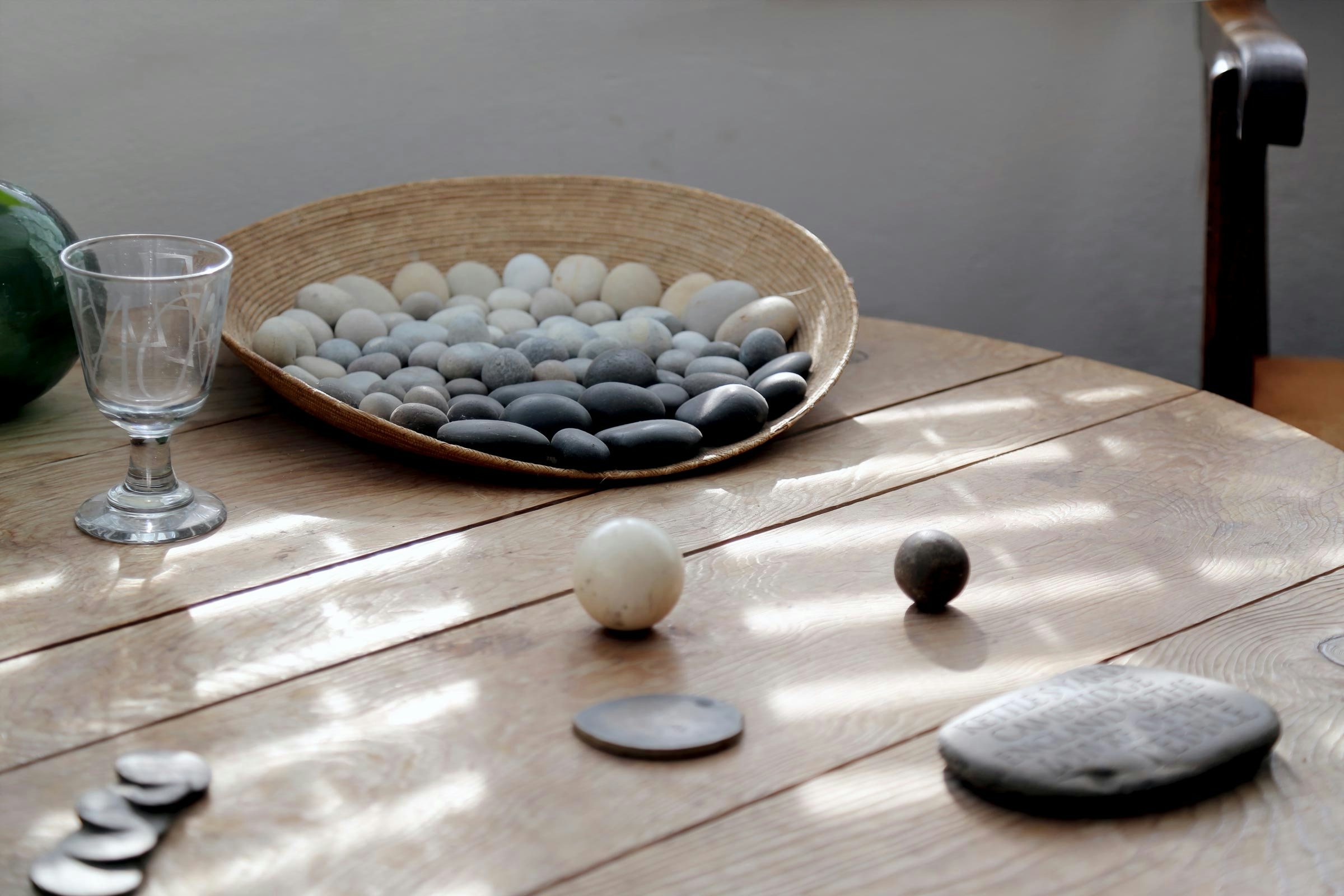
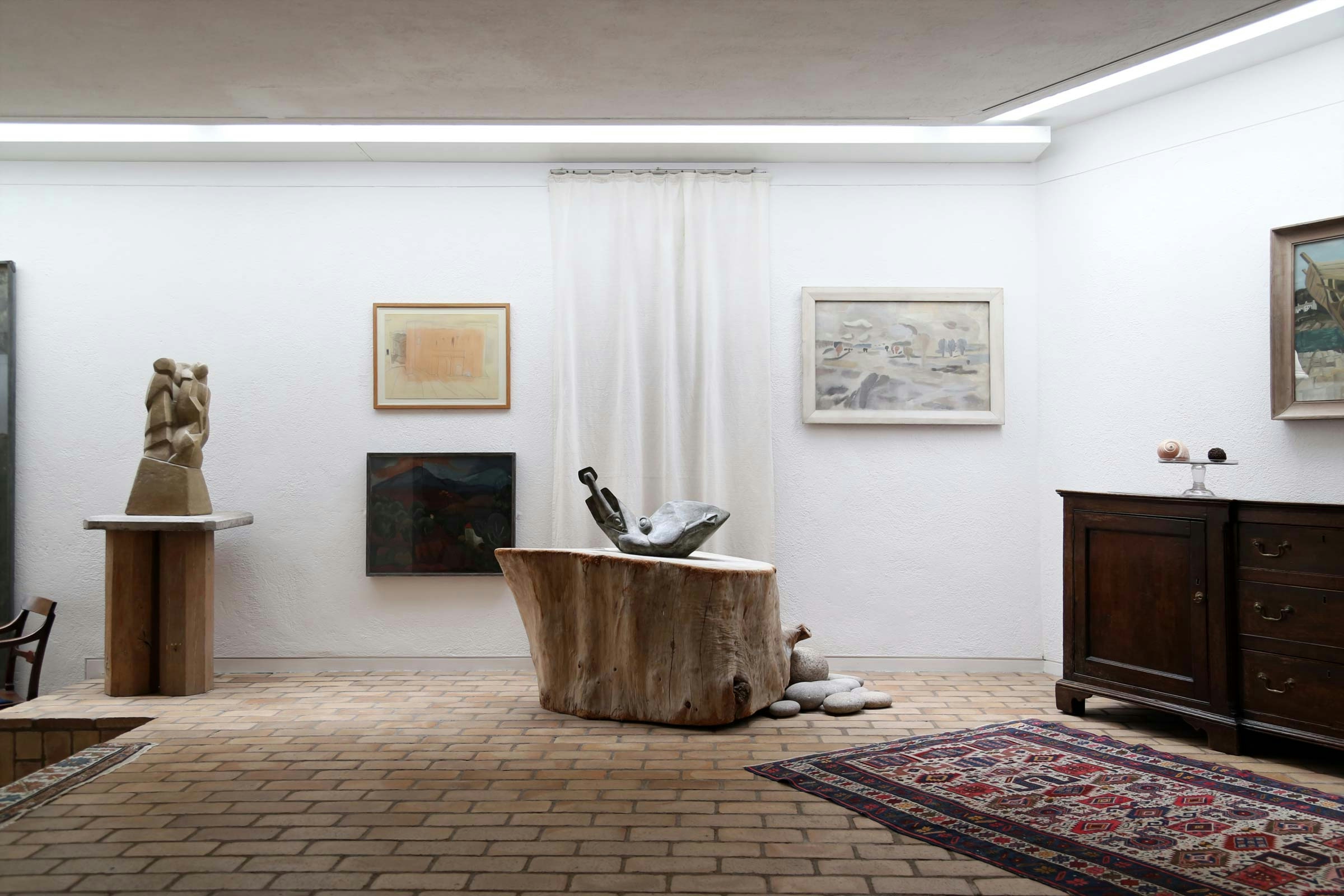
Making a Home: Curating an Interior
“Do come in as often as you like, the place is only alive when used.”
These words were written by Jim Ede, the patron of Kettle’s Yard, in response to a thank-you note from a visiting student. This single phrase captures the spirit of hospitality that turns a house into a home.
Kettle’s Yard is a much-loved ‘house-gallery’ located in the university town of Cambridge. It began as a collection of four discrete dwellings but, today, is an art gallery comprised of a conventional gallery space and a far more unconventional home. The project was the work of two notable benefactors, Jim Ede and his wife, Helen. To this day, it provides lessons as to how we can all be better collectors, and create homes that feel restorative and calm.
But what does it mean, to make a home? And why is it that we intentionally accumulate objects to adorn or decorate the spaces where we live? What governs this instinct, or its inverse: a desire to strip back and simplify?
These rather ordinary questions prompt a lifetime of curiosity for architects, especially those who – like us – maintain a fascination with domestic spaces. They scaffold insightful conversations with our clients, and they encourage us to consider how a building might manifest a person’s character, values, and history. After all, a bare building is simply a vessel, awaiting the imprint of someone’s existence.
Our studio is also fascinated by “biographical museums:” the places where great thinkers have lived or worked. There is something inherently inspiring about homes that come to personify their occupants, that echo who they were long after they have left. This quality is often best revealed in a home’s interior, as this is where objects are collected and arranged to signify tendencies and aesthetic preferences.
Kettle’s Yard is one of these homes, in that it is a potent visual diary of the life and adventures of Jim and Helen Ede. In 1921, when Jim became an assistant curator at the Tate Gallery, the couple were exposed to a generation of avant-garde artists and began collecting their work. Jim and Helen then spent several decades living around the world, acquiring objects and furnishings as they went.
In 1957, when the Edes returned to the UK, they discovered the cluster of cottages that now form Kettle’s Yard. The dwellings merged into a single home and were steadily adorned with their art, furniture, ceramics, textiles and found objects. In 1970, the house was extended by the architects Leslie Martin and David Owers, providing room for the Edes’ evolving collection.
The Edes gifted Kettle’s Yard and its contents to Cambridge University in 1966. When they moved out, Jim provided copious drawings and documents detailing his vision for the home. These fastidious recordings extended far beyond traditional domesticity. Instead, Jim wrote of an aspiration to create “a living place where works of art would be enjoyed….where young people could be at home unhampered by the greater austerity of the museum or public art gallery.” Unlike a typical institution, Kettle’s Yard would become a place where people could view significant works of art in a relaxed and ambient setting.
This ongoing legacy reflects how the Edes once lived in this home. They were gregarious people, who frequently hosted concerts and leant local students artworks to hang in their dormitories. They also adopted an “open house” policy whereby, every afternoon, visitors were invited into their home. Today, visitors still ring the original brass bell at the entrance, before being welcomed to wander about, leaf through books, and sit in the countless chairs meant for repose.
Kettle’s Yard is a simple, pared-back house of the kind that appears in a storybook. The rooms are modest, replete with rustic fireplaces, worn floorboards and white-washed walls. Light shifts slowly through bay windows, offering glimpses to gardens outside. The house is not stark, but nor is it bursting with clutter. Instead, carefully composed vignettes are arranged across the walls and surfaces, creating endless visual interest.
Kettle’s Yard hosts an astonishing collection of works by globally renowned artists, including Joan Miró, Constantin Brancusi and Barbara Hepworth. Their artworks are now studded throughout the house, appearing in the most unexpected places: in the bathroom, beneath banisters, or perched on a bedside table.
However, the unique thing about Kettle’s Yard is that these artworks are not treated with conventional reverence. There are no velvet ropes, nor plaques or labels. Instead, famed works sit alongside otherwise ordinary objects: a pile of books, a vase of flesh flowers, or a worn plank of wood. These arrangements feel non-hierarchical, as if the Edes are proposing that a seashell is as valuable, and worthy of appreciation, as a museum-worthy sculpture. In this way, the Edes imply that we can all be collectors and curators, regardless of our background or financial position. All we need is persistence and an attentive aesthetic eye.
Kettle’s Yard is a portal into a life in which objects are accumulated, edited and collected with care. It is also a testament to the way that interiors convey a feeling and can – without words – make you feel wonderfully at ease, so much so that you might never wish to leave.
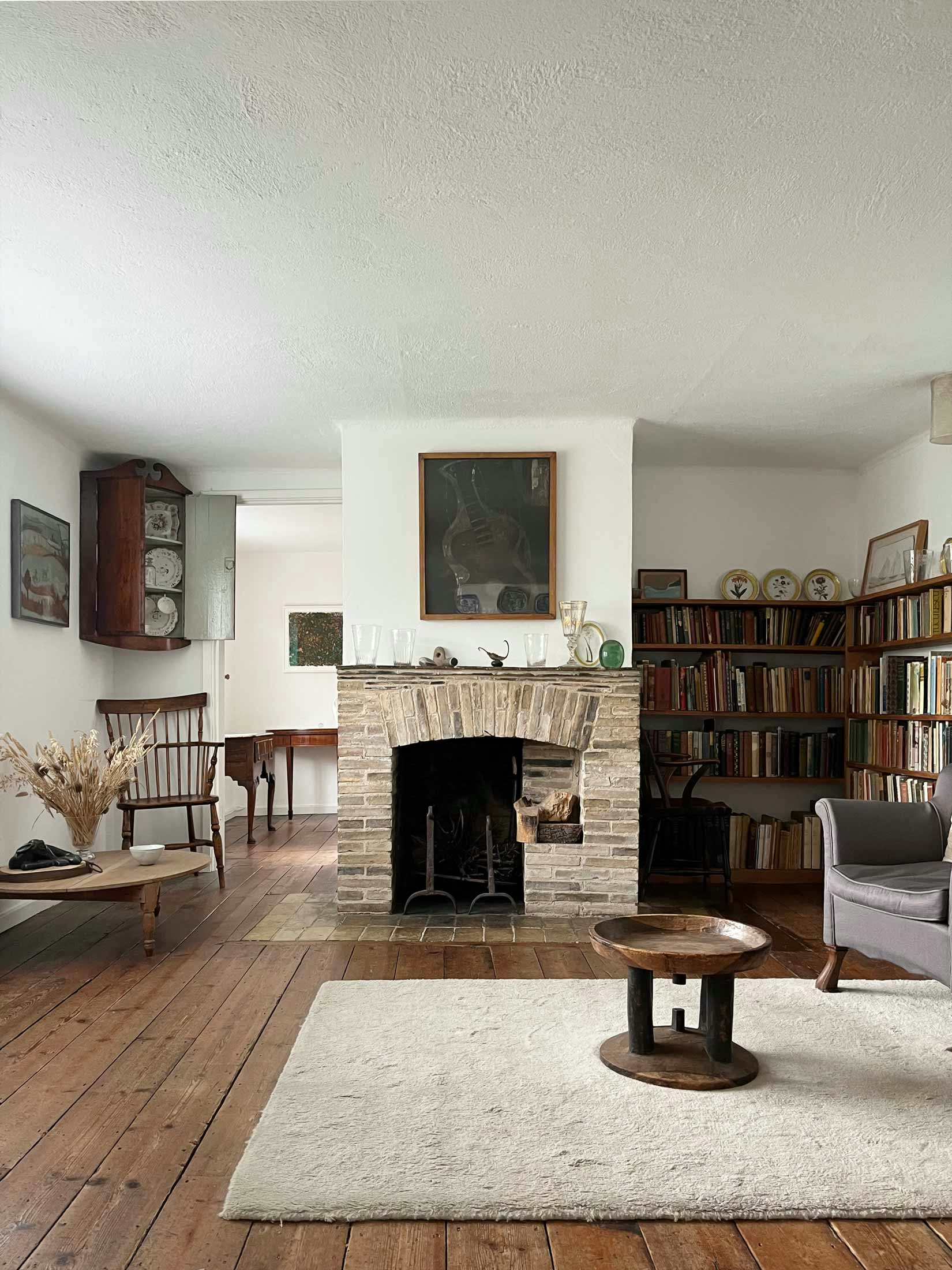
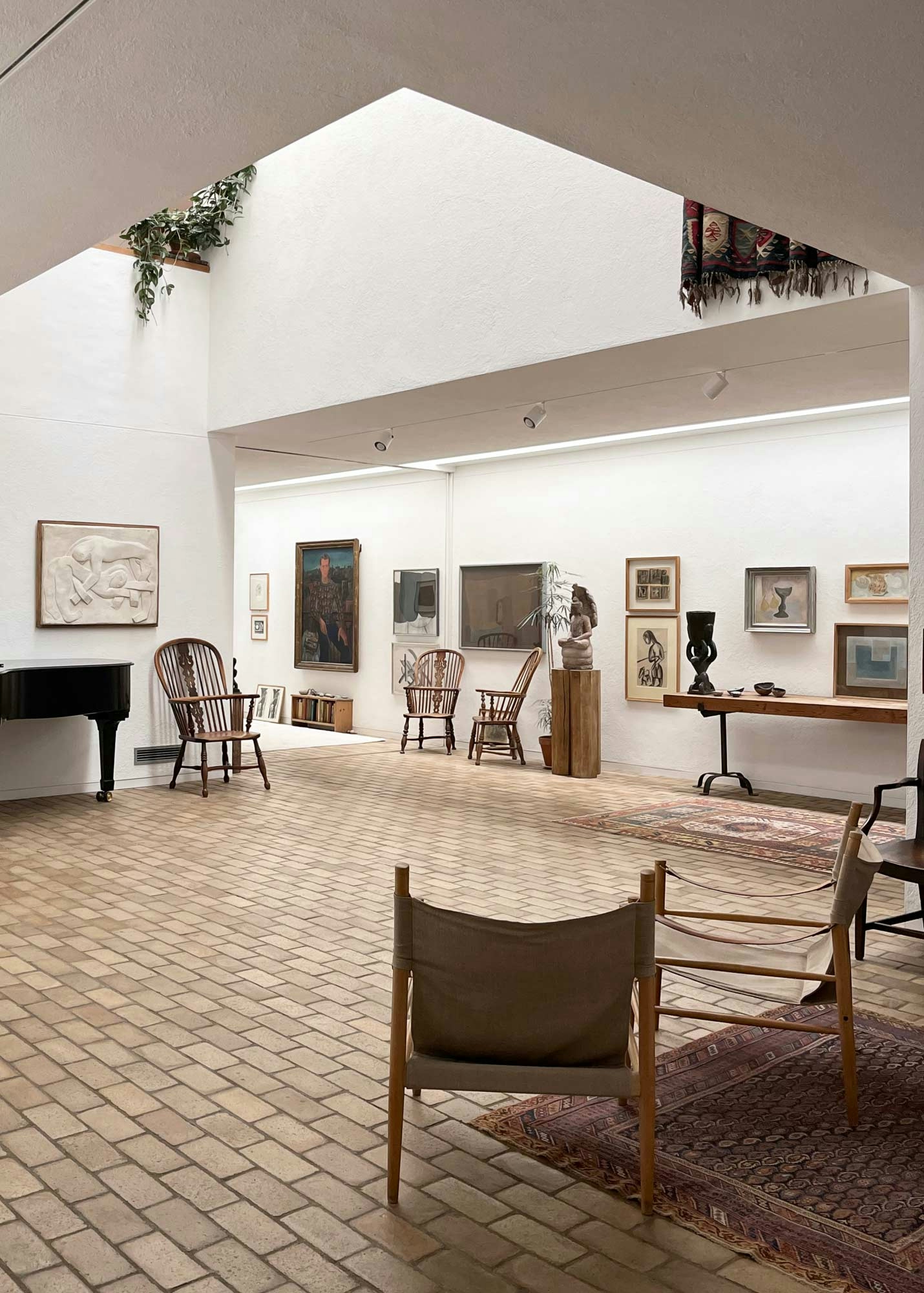
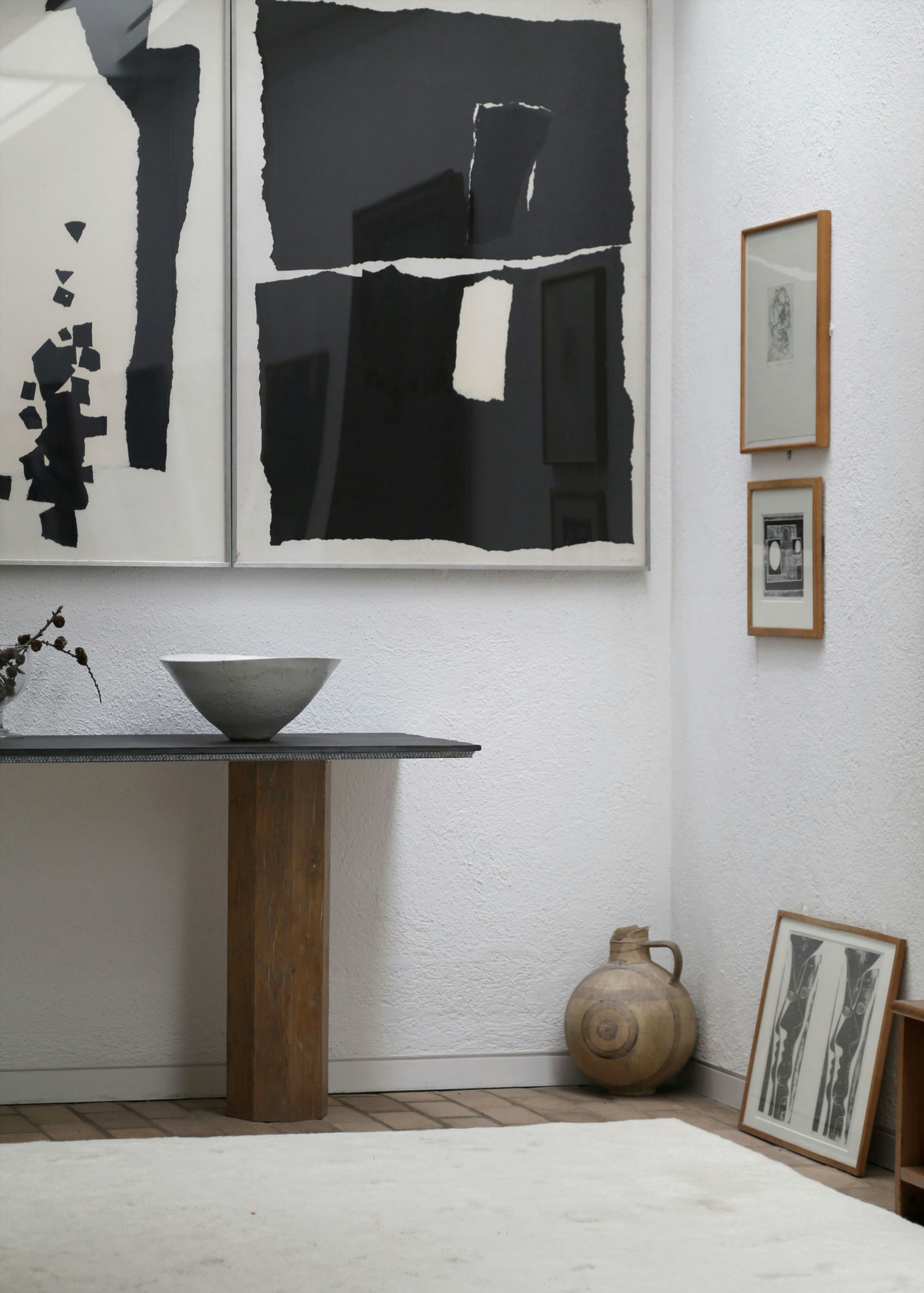
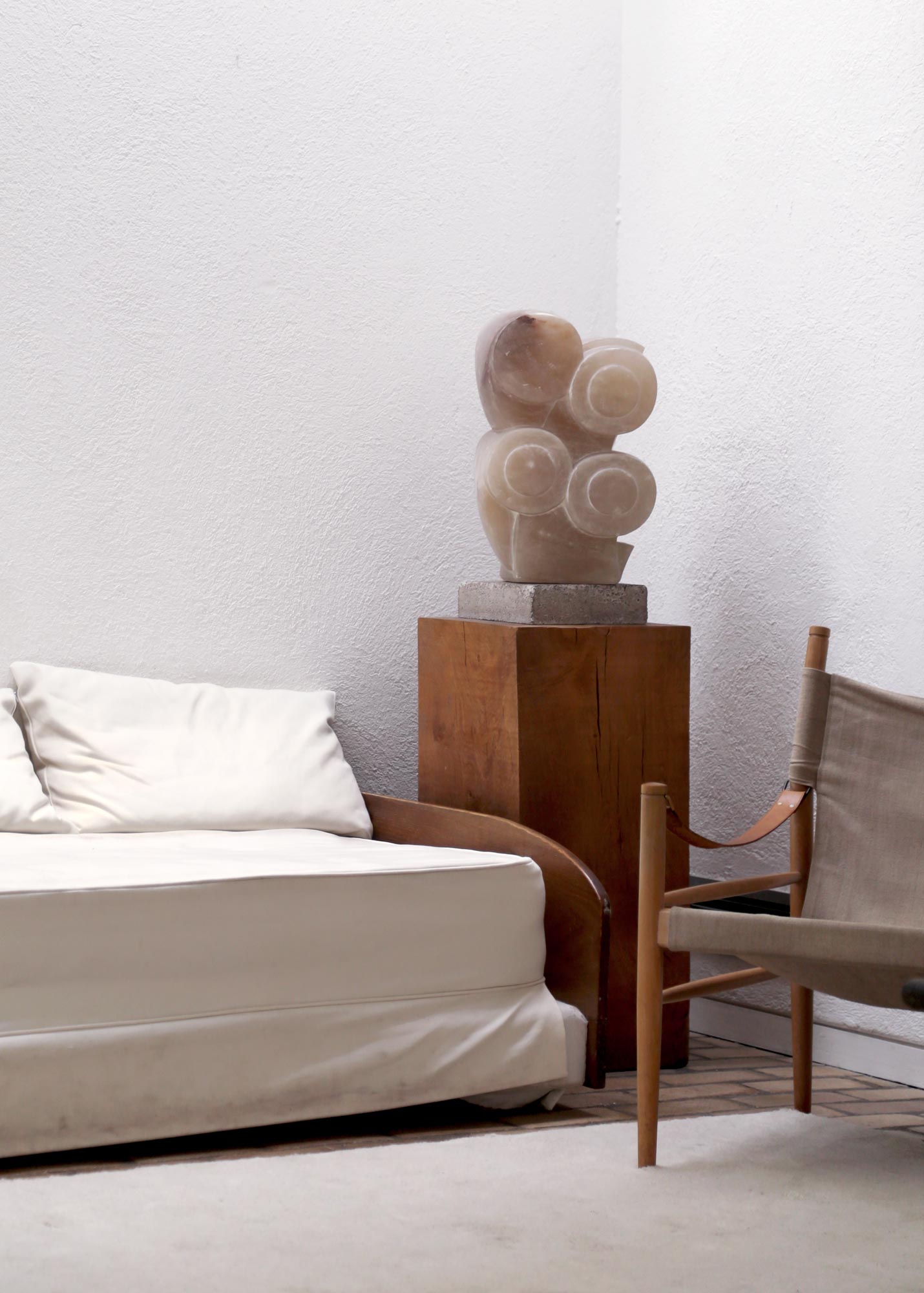
The relationships we maintain with objects often run parallel to our lives. At times, we are bowerbirds, collecting items and mementoes to furnish our worlds. We then become minimalists, shedding stuff so the emptiness bestows new freedom.
And yet, in the contemporary Western world, it is incredibly easy to be dismissive about ‘things,’ largely because they have become so ubiquitous. We are surrounded by fast furniture and fast fashion, and objects that would have been unattainable a generation ago are now cheap and commonplace. As Ezra Klein wrote recently: “In the 1960s, it was possible to attend a four-year college debt-free, but impossible to purchase a flat-screen television. By the 2020s, the reality was close to the reverse.”
When I think about this societal shift, my mind drifts to Andreas Gursky’s famous photograph, 99 Cent. It captures an American dime store, replete with row upon row of lurid, packaged goods. It is an everyday scene, appearing garish and sinister beneath bright fluorescent lights. It seems to embody the meaninglessness of ‘things.’
And yet, our things do not need to be so disposable, nor so inconsequential. Objects can bring utility and joy; they can capture memories, and connect us to people, places and periods of life. They can be optimistic, symbolic, and precious. And they can add layers of beauty and meaning to our homes.
In this way, the contemplative care in which Kettle’s Yard is assembled is the antithesis to thoughtless consumerism. This is not a style that you subscribe to, nor a store that you visit to ‘get the look.’ Instead, Kettle’s Yard shows how a home can be a companion to a way of life. The objects accumulated are a visual compendium, and show a commitment to longevity, idiosyncrasy and emotional resonance. The spirit of welcome created by the owners’ rituals and routines adds another layer of generosity and graciousness.
Whether we can afford resplendent works of art, or simply tack postcards to our walls, we all have the capacity to collect and curate objects that enliven our homes. Or, as Jim Ede once wrote: “All this makes a home to live in, a place where people feel at rest.” This is because, whatever our stories, our homes are our very own biographical museums, documenting who we are and who we aspire to become.
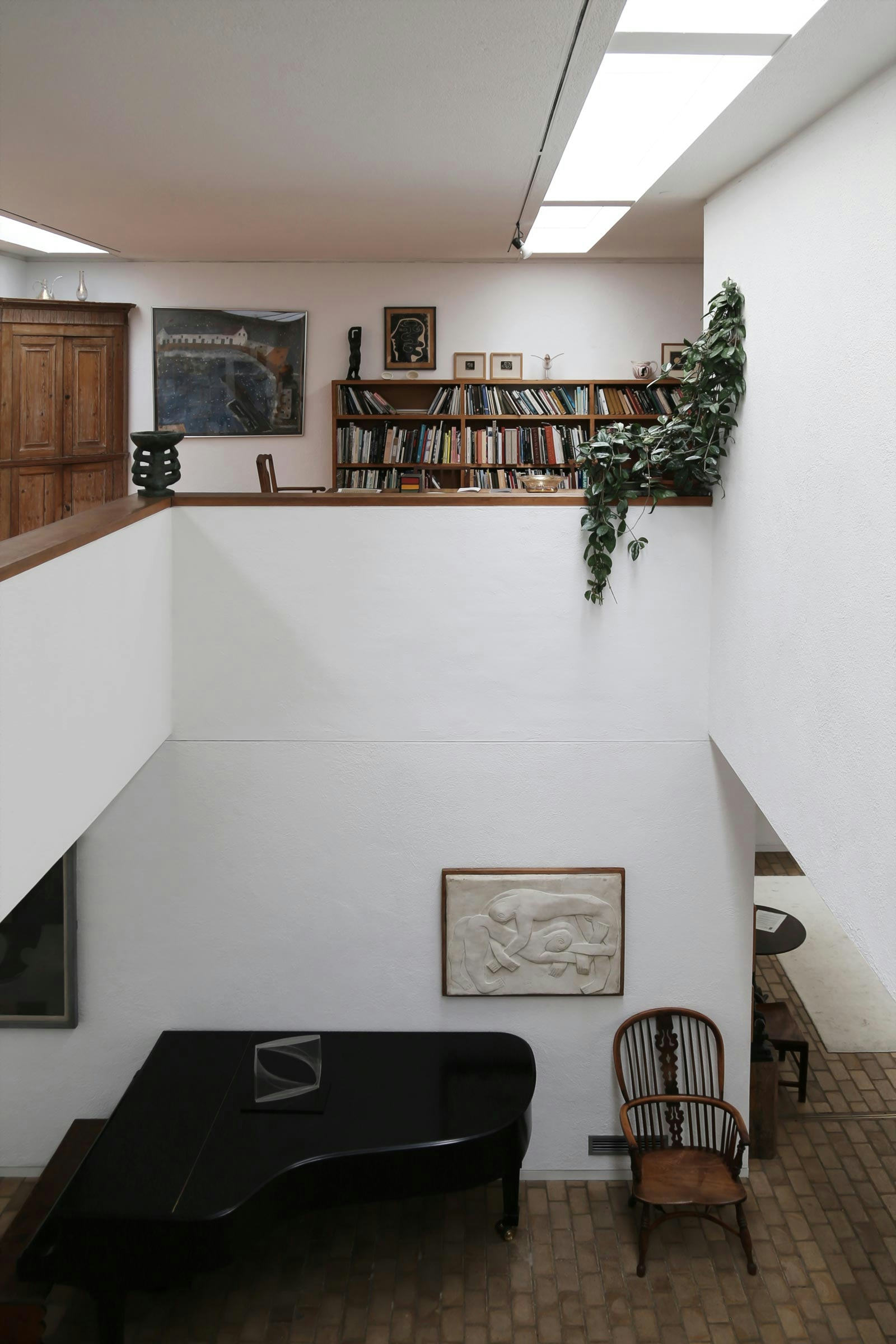
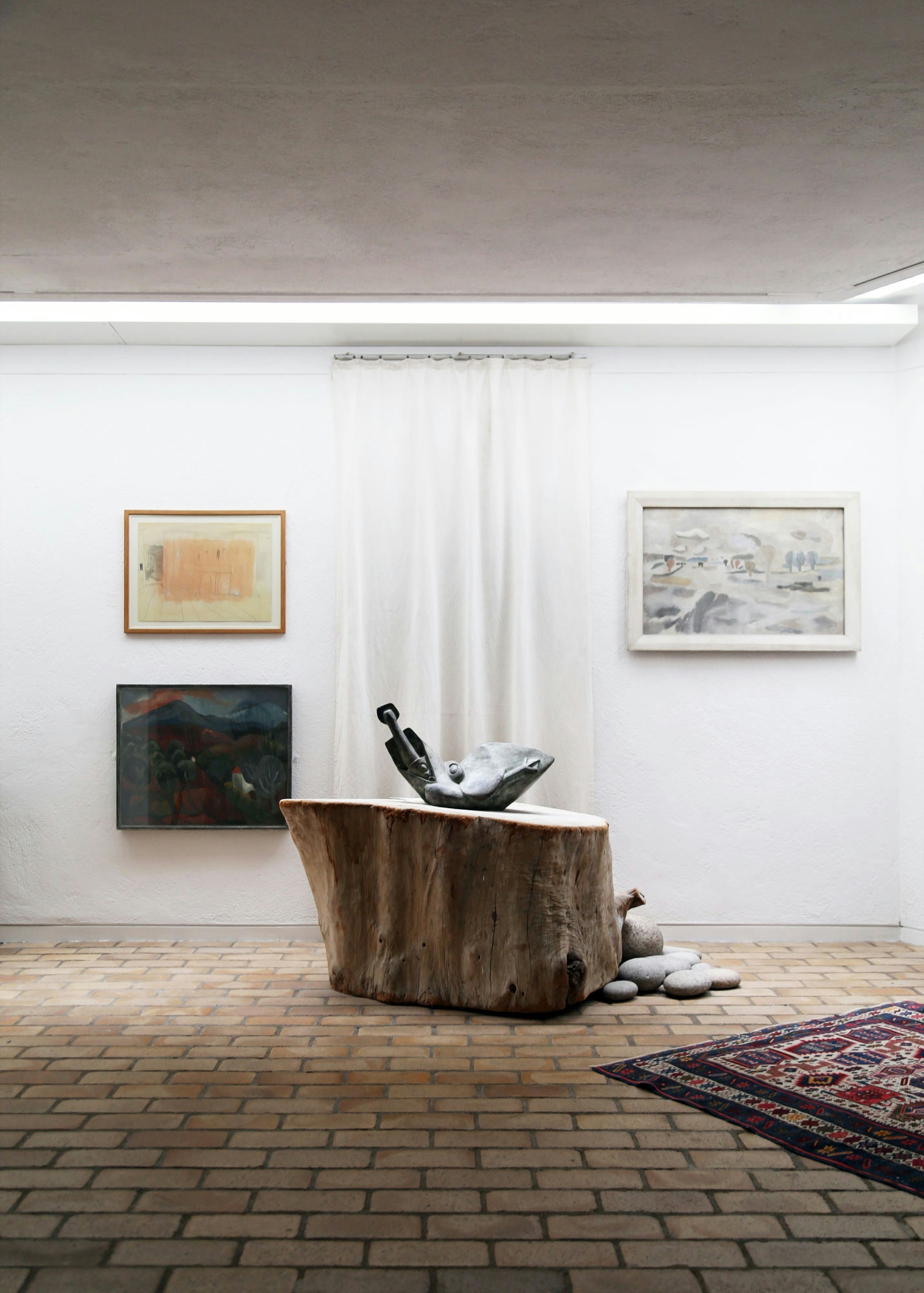
Field Notes
Written By:
Jennifer McMaster
Photos By:
Jonathon Donnelly